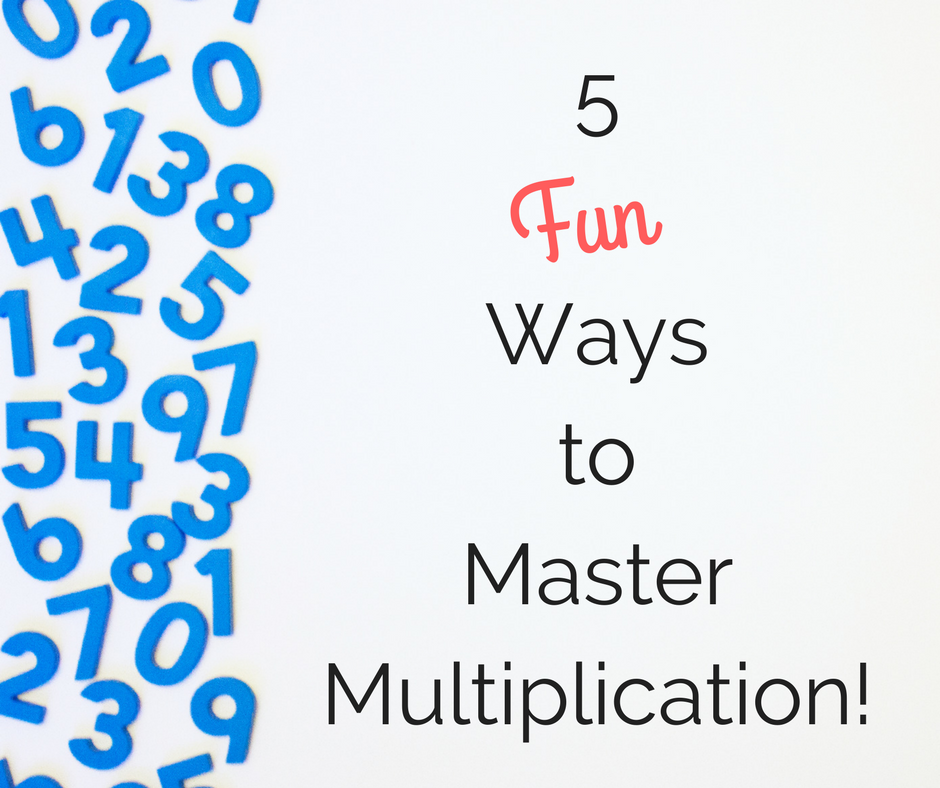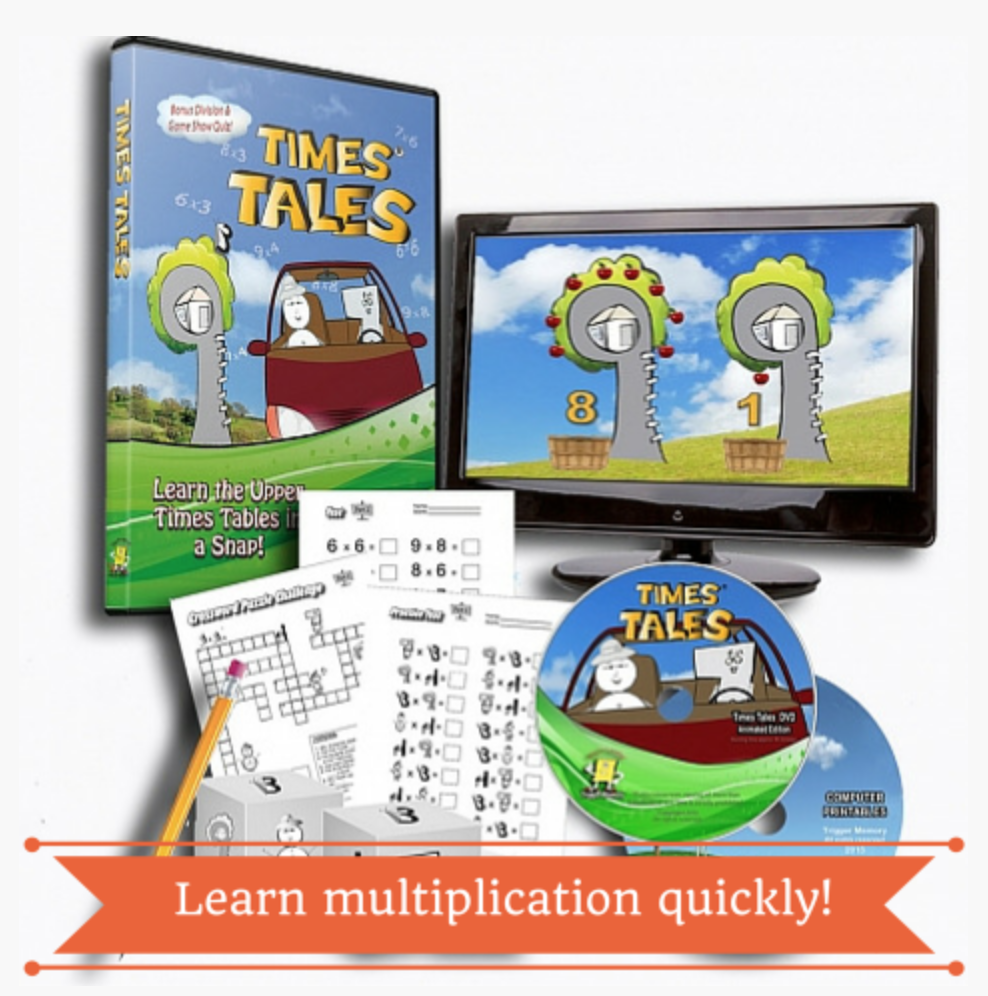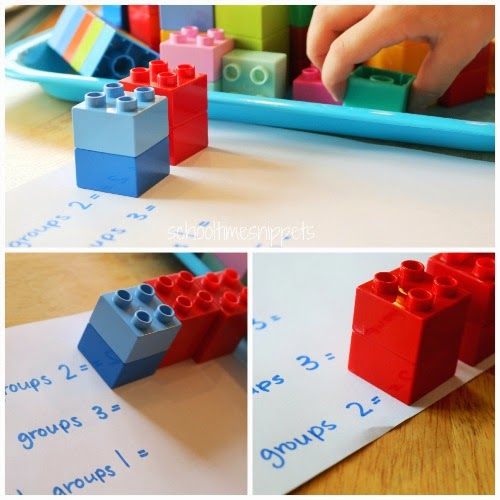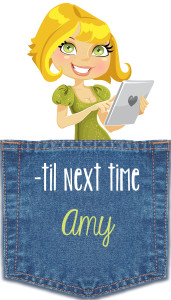Here’s a video to show you what the Times Tales lessons are like.
2. Legos and Multiplication
This hands-on activity uses Legos to reinforce multiplication facts. What a great way to build the understanding of the concept of multiplication. I’m a firm believer that just knowing multiplication facts is not enough. Kids need to understand the concept of using multiplication to “add” equal groups. Legos are also a great way to introduce the concept of an array. An array is a visual representation of multiplication using columns and rows. Play a game of Grab and Go! Have each student grab some legos and then find the multiplication problem that they see in the pegs. They can easily draw their lego and the number sentence into a math journal or recording page. Then trade legos with their neighbor or draw again. Fun, Easy and Engaging!
Math Facts are one of those areas that I still believe in the old drill style. As I said earlier I believe that kids must understand the concept of multiplication, but there’s no better way to learn the facts quickly than just to drill them over and over. We love Xtra Math for practicing our math facts.
This free, online program is perfect for developing math fact fluency. It is available not only for multiplication, but also for addition, subtraction and division. It tracks each students progress and continues them at their own pace. In about 5 minutes a day your students can work on developing math fact fluency in a fun way! There are three short rounds of practice each focusing on a different aspect of the math fluency process. My students really loves the Race the Teacher section and the page that shows how many facts they got correct in a row! Did I mention that this amazing resource is free!








Thank you so much for sharing. I have use XtraMath and can't wait to try the others. Goodbye multiplication drill struggles!
This comment has been removed by the author.